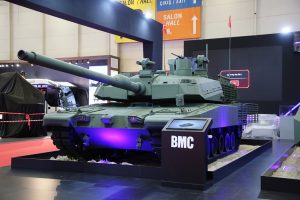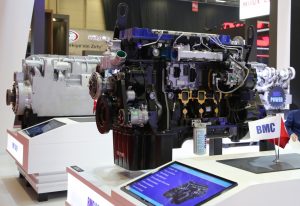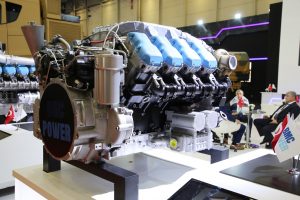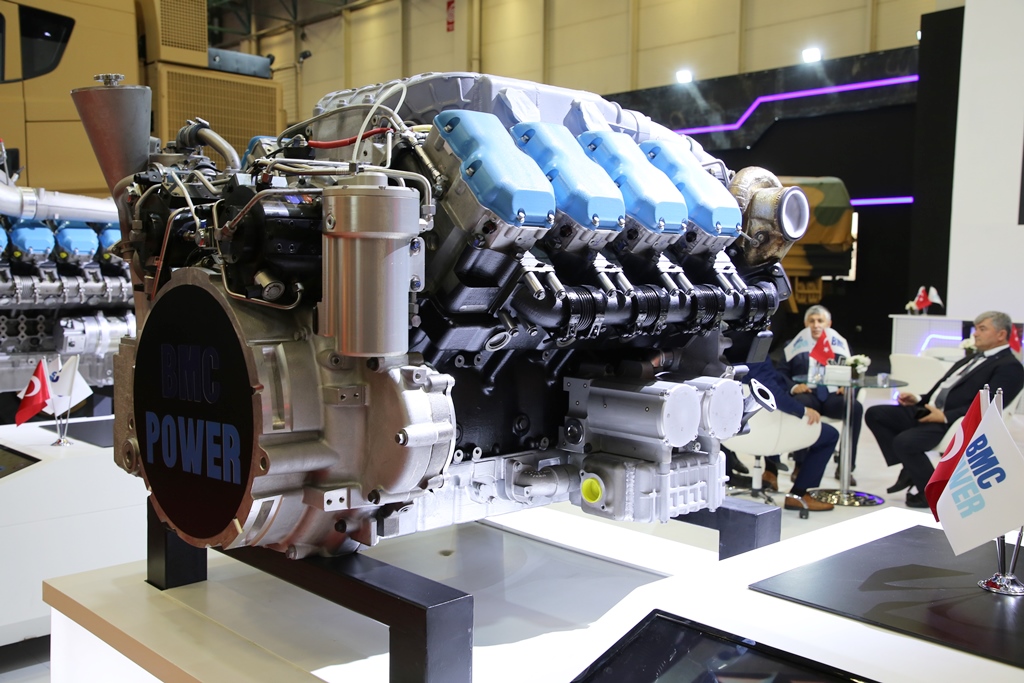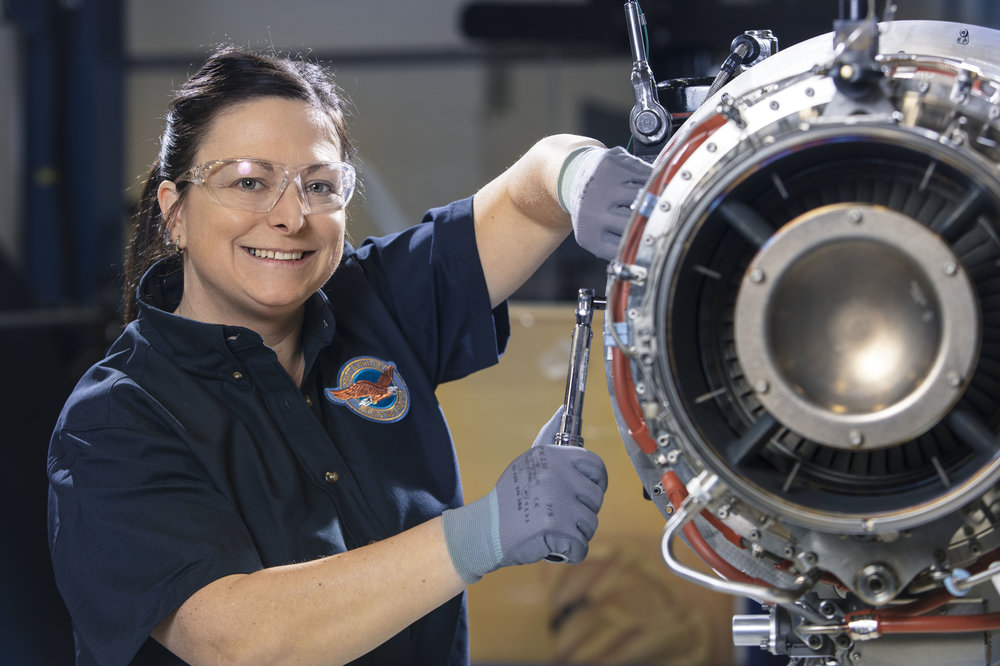Gentleman,
*If you pay attention Tumosan 7.8L engine has 540 HP but 1600 nm torque. BMC Azra engine has 600 HP 2700 nm torque value.
*This doesn't mean that Tumosan engine is better.
*It's for HP dominant engine easily inrease RPM than BMC Azra . But, BMC Azra has better torque character and better first movement ability with the help of high output of driveshaft turning moment.
*Also Azra is suitable for heavier vehicles or better gearbox output values but consume a little bit more fuel.
*Especially in heavy duty machines high torque engines wrt HP values prefered. But when better acceleration is needed high HP and low fuel consumption is prefered wrt torque values.
*Because for light vehicles low amount (enough) torque is enough for overcome needed amount of moment of inertia.
*To get more torque value you will consume more fuel in more volume and low acceleration with long piston connecting rod movement.
*Also, you may get very different HP and torque values from the same volume engine by the help of turbochargers and superchargers and ECU software change including fuel pressure value/amount/timing.
*But these type of tuned or forced engines need rugged engine elements with better resistant materials.
*MTU 883 engine for our Altay has very high torque (5000 Nm) wrt 1500 hp power output. And for a constraint dimensions in the back side of tank body it is so compact and well designed for its special duty.
*But it will have shortened time between overhauls wrt same volume but low torque values similar engines. And it is one of the best heavy duty diesel engine with super ratio of weight/power&torque.
*This is coming from the German's brilliant experience more than hundred years about machine and materials.
*If you pay attention Tumosan 7.8L engine has 540 HP but 1600 nm torque. BMC Azra engine has 600 HP 2700 nm torque value.
*This doesn't mean that Tumosan engine is better.
*It's for HP dominant engine easily inrease RPM than BMC Azra . But, BMC Azra has better torque character and better first movement ability with the help of high output of driveshaft turning moment.
*Also Azra is suitable for heavier vehicles or better gearbox output values but consume a little bit more fuel.
*Especially in heavy duty machines high torque engines wrt HP values prefered. But when better acceleration is needed high HP and low fuel consumption is prefered wrt torque values.
*Because for light vehicles low amount (enough) torque is enough for overcome needed amount of moment of inertia.
*To get more torque value you will consume more fuel in more volume and low acceleration with long piston connecting rod movement.
*Also, you may get very different HP and torque values from the same volume engine by the help of turbochargers and superchargers and ECU software change including fuel pressure value/amount/timing.
*But these type of tuned or forced engines need rugged engine elements with better resistant materials.
*MTU 883 engine for our Altay has very high torque (5000 Nm) wrt 1500 hp power output. And for a constraint dimensions in the back side of tank body it is so compact and well designed for its special duty.
*But it will have shortened time between overhauls wrt same volume but low torque values similar engines. And it is one of the best heavy duty diesel engine with super ratio of weight/power&torque.
*This is coming from the German's brilliant experience more than hundred years about machine and materials.
Last edited:





